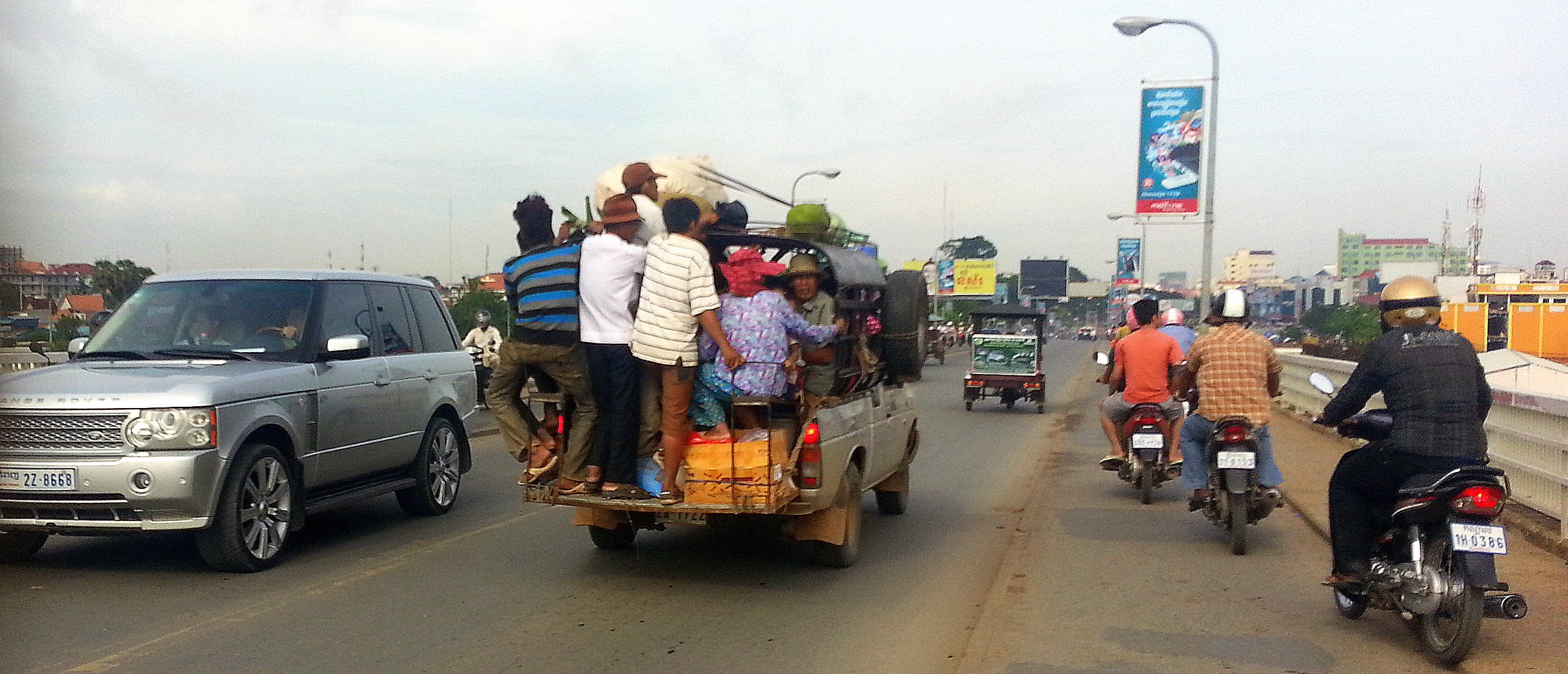Japan targets Southeast Asia in jostle for regional economic sway

Financial Times | 11 Jan 2015
Japan targets Southeast Asia in jostle for regional economic sway
Michael Peel in Bangkok and Ben McLannahan in Tokyo
Japan is stepping up an economic charm offensive in Southeast Asia in the latest sign of rival efforts by leading powers to profit from the single market due to be launched soon in the populous region.
A senior official from the foreign ministry in Tokyo will fly to Cambodia and Laos this week, seeking to expand ties in two countries that are also cornerstones of China’s drive to deepen trade ties.
Analysts say the battle for sway is likely to grow more intense, as the Association of Southeast Asian Nations (Asean) presses on with plans for closer economic union at the end of this year for its 10 countries and their combined population of more than half a billion.
“There is this kind of competition among the big players,” said Sanchita Basu Das, a fellow at the Singapore-based Institute of Southeast Asian Studies think-tank. “In the next year we are going to continue to see this kind of rivalry, using economics as a tool.”
Kazuyuki Nakane, a Japanese parliamentary foreign vice-minister, is expected to strike deals for direct flights from Japan to Cambodia and Laos, with the aim of boosting bilateral investment and trade, according to an official at the foreign ministry in Tokyo. Also on his agenda in Cambodia is a ceremony to mark the completion of the Neak Loeung Bridge spanning the Mekong river, for which the government of Japan put up Y12bn ($101m) of aid.
Phay Siphan, a government spokesman in Phnom Penh, said both governments wanted to build a greater private sector business relationship on top of Japan’s traditional involvement in Cambodia as an aid donor. “Japan is a long-time friend and has helped promote [regional] economic integration,” he said. “Now, it’s a kind of transition from foreign direct assistance to foreign direct investment.”
Cambodia and Laos are two of the smaller countries in a region long targeted by Japanese companies seeking to bolster their profitable but mature home market operations with a slice of Southeast Asia’s fast growth. Direct investment by Japanese businesses in Indonesia, Malaysia, the Philippines, Thailand and Vietnam came to $8.2bn over the first three-quarters of last year, according to the Japan External Trade Organisation — more than one-tenth of the nation’s total overseas investment.
Cambodia has traditionally been in China’s orbit, receiving aid from Beijing and reciprocating with political support against some Asean members who are in maritime disputes with China. Beijing has also put money behind big infrastructure projects in Laos, which is a crucial part of the trade bridge between China and the Asean region because it allows access to Thailand and beyond.
Beijing has dubbed the current period the “diamond decade” in its growing relationship with Asean, with the aim of boosting trade both ways from $444bn in 2013 to $1tn in 2020, according to recent state media reports.
China has also been building bilateral relationships such as with Thailand’s military junta, from whom it picked up 867km of rail-building projects last month.
South Korea — which also has designs on the Asean market — denied media reports that it had lost out in the Thai rail dealmaking. It said it was still in talks with Bangkok about possible projects.





